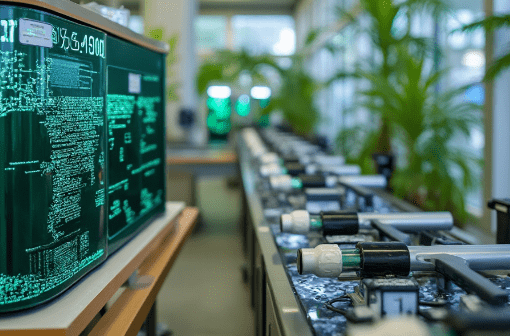On October 13, 2024, Namibia made headlines with its ambitious plan to produce green hydrogen for export to Germany. This development marks a significant milestone in the growing partnership between the two nations as they collaborate on renewable energy initiatives. The production of green hydrogen, a cleaner alternative to fossil fuels, represents a major step forward in efforts to reduce global carbon emissions and accelerate the transition to sustainable energy sources.
What is Green Hydrogen?
Green hydrogen is produced using renewable energy sources such as wind or solar power to split water molecules into hydrogen and oxygen through a process called electrolysis. Unlike conventional hydrogen, which is often produced from natural gas and emits large amounts of carbon dioxide, green hydrogen is entirely carbon-free. It is seen as a key element in decarbonizing industries like steel production, shipping, and aviation, where reducing emissions is particularly challenging.
The Namibia-Germany Partnership
Namibia, with its vast solar and wind potential, is well-positioned to become a global leader in green hydrogen production. The collaboration with Germany is expected to benefit both countries. For Namibia, this project offers a significant opportunity to diversify its economy and create jobs. For Germany, it helps secure a sustainable and reliable supply of green hydrogen, which is critical for meeting its climate goals and reducing dependence on fossil fuels.
Germany has been aggressively pursuing renewable energy sources as part of its “Energiewende” (energy transition) strategy, aiming to become carbon-neutral by 2045. The partnership with Namibia is part of Germany’s broader efforts to develop global green hydrogen supply chains and meet its growing demand for clean energy.
Economic and Environmental Impact
The green hydrogen project is expected to bring considerable economic benefits to Namibia, including foreign investment, infrastructure development, and job creation. It could also position Namibia as a leader in the green energy sector on the African continent. Environmentally, the project contributes to the global fight against climate change by providing a sustainable energy source that can replace fossil fuels in various industrial processes.
This initiative also signals the potential for African nations to play a key role in the global energy transition, utilizing their abundant natural resources to produce renewable energy for export.
Looking Ahead
As Namibia begins to develop its green hydrogen industry, the world will be watching closely. The success of this project could serve as a model for other countries looking to harness renewable energy for green hydrogen production. It also highlights the growing importance of international cooperation in tackling climate change and transitioning to a low-carbon future.
With Germany’s support, Namibia has the potential to become a major player in the global green energy market, helping to drive the shift towards cleaner, more sustainable energy sources.





